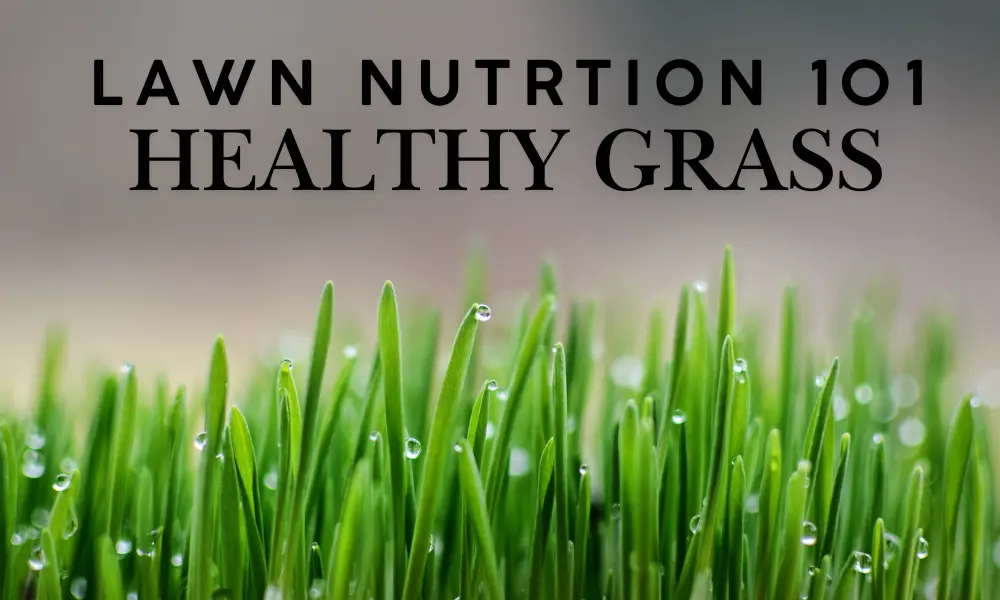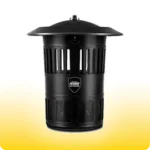Lawn Nutrition 101: Essential Nutrients for Healthy Grass

Lawn Nutrition: The Foundation of a Healthy, Vibrant Lawn
Lawn nutrition is the cornerstone of maintaining a beautiful, resilient grass landscape that transforms your outdoor space from ordinary to extraordinary. Understanding lawn nutrition goes beyond simple watering and mowing – it’s about providing your grass with a scientifically balanced diet of essential nutrients that promote robust growth, deep green color, and strong resistance to environmental stressors.Just like humans require a balanced diet, grass demands a precise combination of macro and micronutrients to thrive. Lawn nutrition involves strategically supplying your lawn with the right nutrients at the right time, ensuring each blade of grass receives the nourishment it needs to grow healthy and strong.The science of lawn nutrition centers around two primary nutrient categories:
Macronutrients: The Primary Nutritional Pillars
- Nitrogen (N): Drives leaf growth and chlorophyll production
- Phosphorus (P): Supports root development and energy transfer
- Potassium (K): Enhances overall plant resilience and metabolic functions
Micronutrients: The Supporting Nutritional Elements
These trace elements play critical roles in grass metabolism, including:
- Iron: Crucial for chlorophyll production
- Calcium: Supports cell wall development
- Magnesium: Essential for photosynthesis
- Sulfur: Aids in protein formation
Macro Nutrients Essential for Grass Growth
The primary macronutrients crucial for lawn health are nitrogen (N), phosphorus (P), and potassium (K), often referred to as NPK
These nutrients play vital roles in grass development:
- Nitrogen: Promotes leaf growth and gives grass its lush green color. It’s typically the highest percentage in NPK ratios and is essential for chlorophyll production.
- Phosphorus: Supports root development and early establishment. It moves slowly through the soil and is needed in smaller amounts compared to nitrogen.
- Potassium: Enhances overall plant functions and helps grass utilize nitrogen efficiently. It improves drought and disease resistance while aiding in water retention.
Additional important macronutrients include:
- Sulfur: Aids in disease resistance and the formation of amino acids, proteins, enzymes, and vitamins.
- Calcium: Stimulates stem and root growth while supporting cell wall development.
- Magnesium: Contributes to the green coloration of plants and assists in photosynthesis.
Micronutrients for Lawn Nutrition
While required in smaller quantities, micronutrients are equally crucial for maintaining a healthy lawn. Key micronutrients include:
- Iron: Essential for chlorophyll production, photosynthesis, and overall grass color. It improves the lawn’s green appearance and helps with cellular functions.
- Manganese: Assists in chlorophyll formation and activates enzymes in the growth process. Proper levels prevent brown or grey spots in the lawn.
- Zinc: Acts as an important plant regulator, essential for root and plant growth.
- Boron: Regulates carbohydrate metabolism and is critical for new growth and pollination.
- Copper: Activates enzymes in plants and aids in metabolism and reproduction.
- Chlorine: Required for photosynthesis, root growth, and disease resistance.
- Molybdenum: Needed for nitrogen utilization, helping plants transform nitrate nitrogen into amino acids.
To effectively implement lawn nutrition, consider incorporating Lawnporn Charger into your lawn care routine. This specialized product is formulated to promote rapid lateral turfgrass growth and enhance color, making it an excellent choice for maintaining a healthy lawn.
It’s particularly effective for:
- Rapid recovery from plant stress or renovations
- Improving grass color, especially during cooler months
- Promoting efficient nutrient uptake with its dual nitrogen source
- Providing high-analysis iron and manganese for quick absorption
When using Lawnporn Charger, mix it according to the recommended dilution rates and apply as a spray or drench to your turf. Use a water volume of 5-15L per 100m² for adequate coverage.
For best results, apply during the active growing seasons of spring and autumn.
Lawncare Tips
Seasonal Lawn Care Strategies
Watering
- Water early in the morning to maximize absorption and prevent fungal issues
- Use deep, infrequent watering to encourage strong root development
- Aim for 30-minute watering sessions as needed
- Use soil wetting agents to improve water penetration by up to 25%
Mowing
- Adjust mowing height based on season and grass type
- Typically maintain grass at 30-40mm height
- Mow more frequently in spring and summer
- Never remove more than one-third of grass length per mow
- Use a catcher to minimize thatch development
Fertilization
- Fertilize three times annually: spring, summer, and autumn
- Spring fertilization is most critical
- Avoid fertilizing when temperatures exceed 30°C
- Use slow-release fertilizers for consistent nutrition
Seasonal Maintenance
- Spring: Aerate soil, check soil condition, prepare for summer growth
- Summer: Focus on moisture retention and heat protection
- Autumn: Prevent winter weeds, prepare for cooler months
- Winter: Minimal maintenance, plan improvements
Additional Tips
- Regularly check for weeds
- Aerate compacted soil using a garden fork or aerator
- Monitor lawn for signs of stress or disease
- Adjust care based on local climate and grass variety




 Mosquito Traps
Mosquito Traps